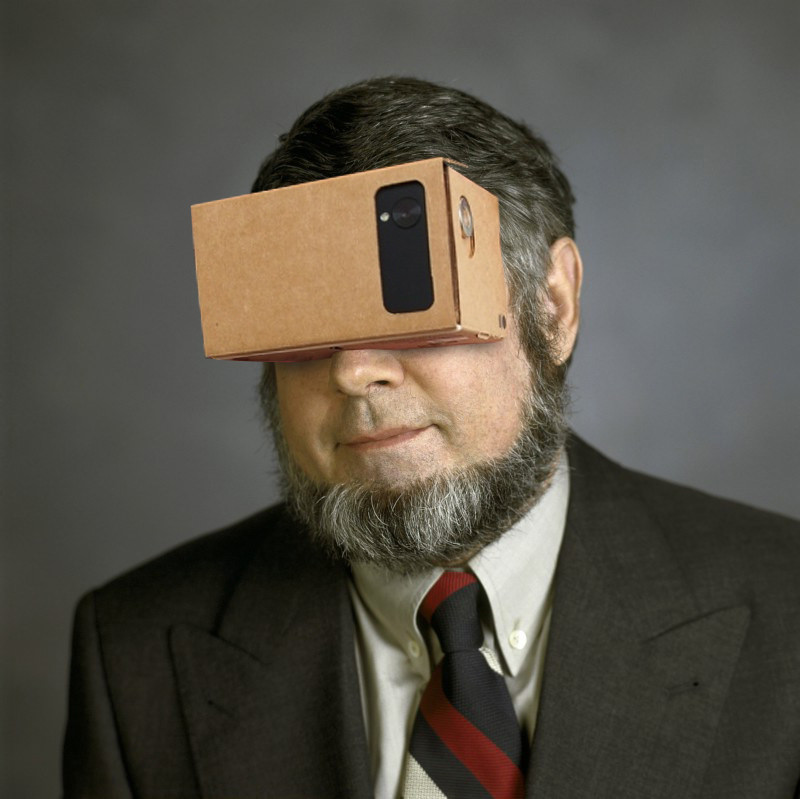 EMERGING TECH
EMERGING TECH
 EMERGING TECH
EMERGING TECH
 EMERGING TECH
EMERGING TECH
Google Inc. has added WebVR support to Google Cardboard and launched a new home for experimental virtual reality experiences.
WebVR is an application programming interface launched by Google and the Mozilla Foundation in 2016 that offers a framework to deliver virtual reality experiences in a browser. Added to Google’s Chrome browser in February, the platform allows users without a headset to experience VR content through Chrome. It works only with handsets that are compatible with Google Daydream, its VR platform.
The added support for Google Cardboard, Google’s quite literally cardboard VR headset, now brings browser support to all Android phone users with a Cardboard headset, a number believed to have recently passed the 10 million mark.
In addition to increased support, Google also launched WebVR Experiences, a site dedicated to showcasing “the amazing experiences developers are already building.” According to Google Creative Technologist Jonas Jongejan, each experiment featured on a site shows something different that users can try in WebVR.
Developers got something too. The site provides resources and open-source code to assist them to “get started building in WebVR,” along with the ability to submit an experiment they build to be featured in the site’s gallery. “We hope these experiments make it easier for more people to experience VR, and inspire more developers to create new VR worlds on the web,” Jongejan added.
Users who do not have Google Cardboard or a Daydream-compatible mobile phone, still a fairly short list, don’t miss out completely. The WebVR experiments can be played in a 2D format as well.
At first look, the range of “experiments” do look like just that, in that the graphics used in them are rather clunky. Given that they are not all that exciting, it’s unlikely that the site will become a popular destination for those interested in virtual reality. But if Google’s main focus is promotion of the technology, WebVR Experiences might prove successful.
Support our mission to keep content open and free by engaging with theCUBE community. Join theCUBE’s Alumni Trust Network, where technology leaders connect, share intelligence and create opportunities.
Founded by tech visionaries John Furrier and Dave Vellante, SiliconANGLE Media has built a dynamic ecosystem of industry-leading digital media brands that reach 15+ million elite tech professionals. Our new proprietary theCUBE AI Video Cloud is breaking ground in audience interaction, leveraging theCUBEai.com neural network to help technology companies make data-driven decisions and stay at the forefront of industry conversations.